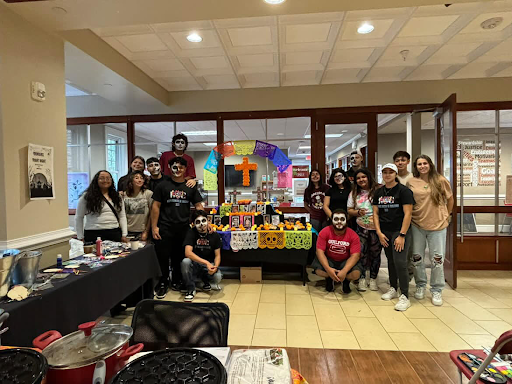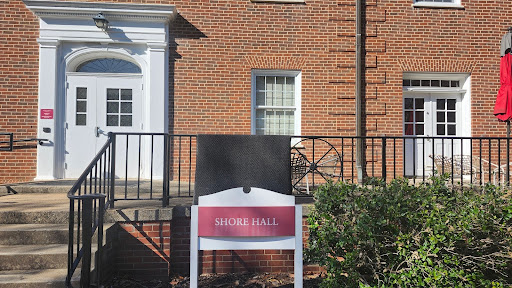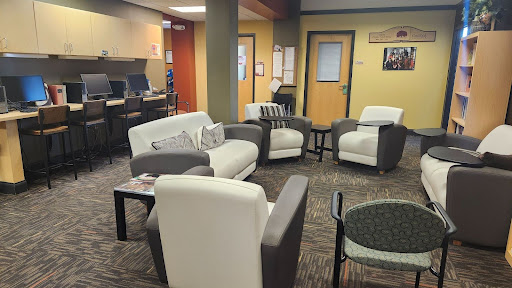During spring break, five other Guilford students and I decided to volunteer with the organization No More Deaths/No Mas Muertes, aiming to prevent death and suffering on the Arizona-Mexico border by offering basic humanitarian assistance to those in need. This assistance involves dropping off water and food in remote parts of the desert to help people survive their arduous journeys or offering respite and medical aid to people who are in need and want of it.
While doing this work, we were located in the rugged and mountainous region of the Sonoran Desert in southern Arizona where most of the crossing occurs. This area has turned into a ruthless graveyard littered with the broken remnants of people’s stories, stories which are filled with hope and despair, suffering and solidarity. There are empty water bottles, broken backpacks and various other types of clothing scattered all over the trails that crisscross over mountains, through canyons and across cow pastures. There are also shrines put in place by migrants to remember and honor those who have perished in the desert, known or unknown.
While I was in this desert hiking one of the many trails, I discovered a bra lying there in the dirt surrounded by sanitary pads. It provided a visceral reminder to certain instances of suffering that occur on the border. Many women who cross are warned by their doctors before their journeys to go on some sort of oral contraceptive because it almost definite that they will be sexually assaulted in some manner while out in the desert.
The Sonoran Desert is so vast that it stretches all the way through Baja California, southwestern and southern Arizona, and encompasses the central parts of Sonora, Mexico. The temperatures can reach upwards of 130 Fahrenheit in summer and drop below freezing in winter. Migrants that cross this area usually begin their journeys in the border town of Nogales, Mexico, and trek anywhere from a couple days to over a week. In the past 10 years, more than 2,000 dead migrants have been found in these vast borderlands that lay between Sonora, Mexico, and Tucson, Ariz.. Last year alone, 183 remains were discovered.
The number one cause of deaths such as these is severe dehydration. Many people attempt to cross and end up going without food or water for days because of the very limited access to both in the remoteness of the desert.
Even though the numbers of migrants trying to cross has decreased in recent years, the numbers of deaths have remained disturbingly high. This is because of the “funnel” effect that has been created by the militarization of the U.S.-Mexico border. There are hundreds of miles of walls, checkpoints, various other physical barriers and high tech infrastructure that has been put in place around urban areas where many people used to easily cross. Now, however, migrants are forced to navigate through the most remote and deadliest areas with the roughest terrain.
Instances of suffering and injustice such as these are just a small part of the major humanitarian crisis that is going on. The whole picture is much larger and much more multifaceted than what takes place in the desert. All of this, however, is the direct result of economic and political policies set in place by the U.S. such as the privatization of prisons, the signing of NAFTA, and the need for labor that can be exploited. It all contributes to an issue that is much more far reaching than the physical constraints of the border, and repercussions of it are seen in communities all over the country, including ours here in Greensboro and Guilford.
[photomosaic nggid=114]











Peter Metzner • Apr 14, 2013 at 10:40 am
Excellent article. This story helps raise our awareness of complex problems that need much more understanding and appreciation of the suffering that drives people to cross the border and the inhumanity experienced while doing so.